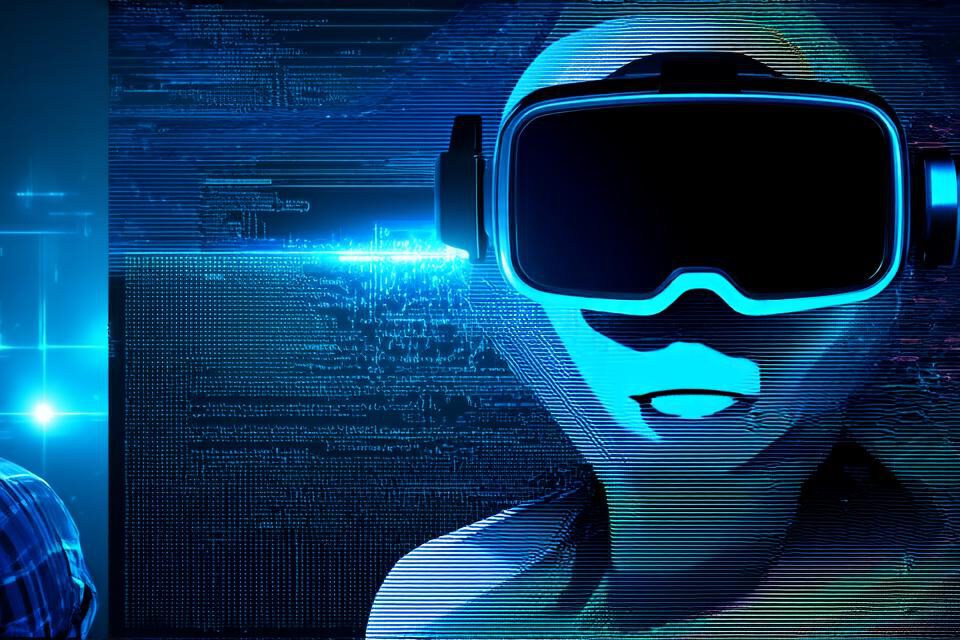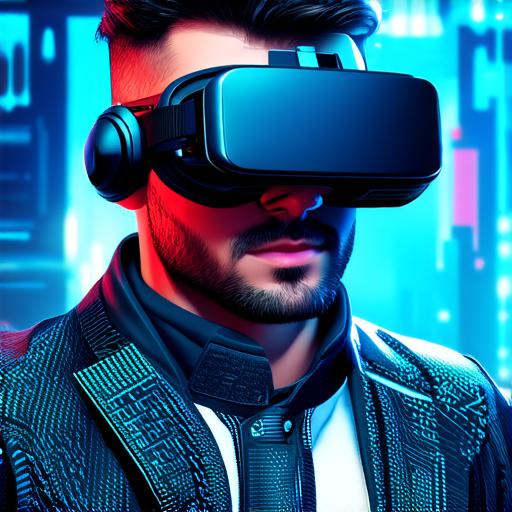Learn about virtual reality software development

Virtual reality (VR) technology is rapidly evolving, and software development has become an essential part of creating immersive and engaging VR experiences. In this guide, we will explore the basics of virtual reality software development and provide you with a comprehensive overview of the tools, techniques, and best practices that you need to know to create your own VR applications.
What is Virtual Reality Software Development?
Virtual reality software development involves creating interactive programs, games, and applications that can be experienced in virtual environments. This includes everything from 3D models and textures to sound effects and animations. The goal of VR software development is to create immersive experiences that transport users into digital worlds and enable them to interact with those worlds in unique and exciting ways.
Key Tools for Virtual Reality Software Development
There are several key tools that you will need to get started with virtual reality software development. These include:
- VR Software Development Kits (SDKs): Virtual reality software development kits (SDKs) provide developers with a set of tools and APIs that allow them to create VR applications for specific platforms such as Oculus, HTC Vive, or PlayStation VR. Each SDK has its own unique features and capabilities, so it’s important to choose the one that best suits your needs.
- 3D Modeling Software: To create realistic and immersive virtual environments, you will need a powerful 3D modeling software such as Blender, Maya, or 3ds Max. These tools allow you to create detailed 3D models, add textures and materials, and build complex scenes that can be used in your VR applications.
- Game Engines: Game engines like Unity and Unreal Engine are powerful tools that allow developers to create interactive and immersive experiences for a wide range of platforms, including VR. These engines provide a comprehensive set of tools and features that make it easy to build VR applications from scratch or integrate pre-built assets into your projects.
- VR Headsets: To test and preview your VR applications, you will need a VR headset such as the Oculus Rift or HTC Vive. These devices provide a fully immersive experience that allows you to see and interact with your virtual environment in real-time.
Best Practices for Virtual Reality Software Development
Now that we have a look at some of the key tools and technologies used in virtual reality software development, let’s take a closer look at some best practices that you should follow when creating VR applications:
- Design for Immersivity: The key to creating a successful VR application is to design for immersivity. This means creating a virtual environment that feels as real and engaging as possible, with intuitive controls and clear visual cues that guide the user through the experience.
- Optimize for Performance: Virtual reality applications can be demanding on hardware resources, so it’s important to optimize your code and assets for performance. This includes using efficient textures and models, minimizing frame rates and load times, and reducing motion sickness by designing smooth transitions and avoiding sudden movements or changes in perspective.
- Test and Iterate: Virtual reality software development is an iterative process that requires constant testing and refinement. It’s important to test your applications on a variety of devices and platforms to ensure that they work as expected, and to gather feedback from users to identify areas for improvement.
Real-World Examples of Virtual Reality Software Development
To help illustrate the potential of virtual reality software development, let’s take a look at some real-world examples:
- Virtual Tours: Virtual tours are becoming increasingly popular in industries such as real estate and hospitality, allowing users to explore properties and destinations from the comfort of their own homes. These applications typically use a combination of 3D modeling, textures, and animations to create realistic and engaging virtual environments.
- Training and Simulation: Virtual reality can also be used for training and simulation purposes, such as in aviation or military training programs. By creating immersive simulations that replicate real-world scenarios, VR software can provide a safe and effective way to train users without the risk of injury or damage to equipment.
- Gaming: Virtual reality has revolutionized the gaming industry, with developers creating new and innovative games that take advantage of the unique capabilities of VR technology. From first-person shooters to puzzle games and educational experiences, there are countless possibilities for virtual reality gaming.
FAQs on Virtual Reality Software Development
Here are some frequently asked questions on virtual reality software development:
Q1: What kind of skills do I need to become a virtual reality developer?
To become a virtual reality developer, you will typically need a combination of programming skills (such as C++ or C), 3D modeling and animation skills, and a deep understanding of VR technology and best practices. It’s also important to be creative and have a strong attention to detail.
Q2: Can I develop virtual reality applications using my existing coding skills?
While some aspects of virtual reality software development may overlap with traditional coding skills, such as programming languages like C++ or C, there are many new concepts and technologies that you will need to learn in order to create VR applications. It’s important to invest time and effort into learning the specific tools and techniques used in VR development.
Q3: What kind of hardware do I need to develop virtual reality applications?
